Gdańsk 2021-11-03
Gdańsk Główny railway station.
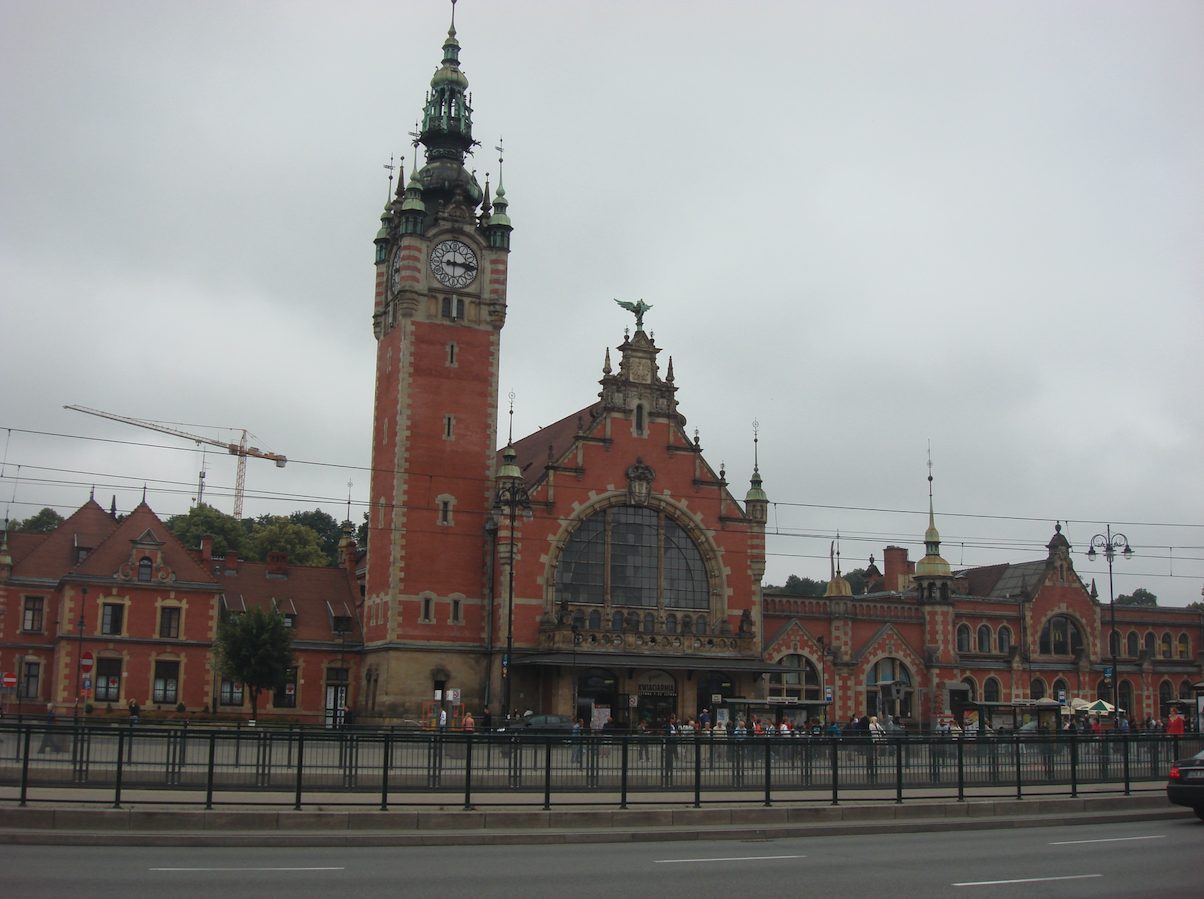
The Gdańsk Główny railway station is located in the center of Gdańsk, in the Śródmieście district. Geographic coordinates: 54 ° 21′26 ″ N 18 ° 38′40 ″ E. It is currently the largest railway station in the Tri-City. The station supports local and long-distance connections. During the day, it serves 249 trains, most of which are SKM (Szybka Kolej Miejska) trains. The station and railway station are managed by two companies: PKP PLK and PKP SKM. In 2018, the station handled 22,200 passengers a day, i.e. 8,100,000 passengers a year, which gave it the eleventh place in Poland.
The station is located on the Tczew - Gdynia route. Address: Podwale Grodzkie 2, 80-895 Gdańsk. The railway station is connected by an underground passage with the bus station located not at 3 Maja Street, but on the other side with the Old Town and public transport; buses and trams. The second underpass connects the station hall with Platform 1 and Platform 2. The Gdańsk Główny station is served by the following companies: InterCity, PolRegio and SKM. Due to the location of the station, there is also intensive freight traffic via Gdańsk Główny.
Historical station names:
Hohe Tor (Hohetor Bahnhof) 1867 - 1876. Danzig Lege Tor 1877 - 1896. Danzig Pommerschen Bahnhof 1896 - 1939. Danzig Leeges Tor 1940 - 1945. Gdańsk 1945 - 1946. Gdańsk Główny from 1947.
The history of the Gdańsk Główny railway station.
Railway transport in Gdańsk appeared relatively late. The first railway line was opened in 1852 and was used to ship goods transported by sea. The port quays are covered with a dense network of railway sidings. The first, provisional passenger and postal court was built in 1867 and was called Gdańsk Brama Wyżynna or the German name Hohetor Bahnhof (Hohe Tor railway station). The station was also called Pomeranian Railway Station, German name Pommerschen Bahnhof. The station slope occupied the area of the Błędnik Garden. Gardens of this type were popular in the nineteenth century and were established outside city fortifications, not only in Gdańsk, but, for example, in Szczecin. Access to the station for travelers was only from the west, the present 3 Maja Street. On the eastern side, there was a moat belonging to the city's defense system, which was filled in around 1890. Some of the old fortifications were also demolished. The station was temporary and at the end of the 19th century a new station was built in its place.
The new station building was built in the period 1894 - 1900. There was a whole group of architects who participated in the design. As a result, a complex of buildings was created in a style called the "Gdańsk Renaissance". Some people like the building of the station, others don't. The problem is that when the main station hall was built together with the clock tower, it turned out that there was no room for other station services. More buildings of various purposes and sizes were attached to the main building. In effect, it is a cluster of baroque and renaissance shapes. The first stage of construction of the station building was officially opened on October 30, 1900. The clock tower is 50 m high. There is a water reservoir in the tower.
In the station building there is a large hall for travelers with ticket and luggage offices. There was a left-luggage office, a post office, telephones, a telegraph, a police station, waiting rooms (separate for each class of travelers), toilets, a buffet, a restaurant. There were office, storage and technical rooms. There were also separate rooms for the imperial family and other aristocrats. The platforms were covered.
After the construction of the new station, passenger traffic increased year by year. Most of the travelers traveled towards Tczew, and from there to the west to the German states or to the east to Royal Prussia. The area around the station gained value and shops and hotels were built there. But it quickly turned out that the location of the station is not the best. It prevents further expansion. It's just narrow.
After the Great World War, according to documents, from 1921 the station in Gdańsk should be under the management of the Polish State Railways. In fact, the station was completely influenced by the Germans. Poles only had an influence on the number of connections on the Gdynia - Gdańsk - Warsaw route. Therefore, it was necessary to build a railway line bypassing Gdańsk. Currently line No. 201.
During the First and Second World Wars, the railway station was intact. The destruction occurred when the Red Army entered the Tri-City, when the inhabitants were already evacuated. At the Gdańsk Wrzeszcz airport, the Russians set up cannons and systematically destroyed more church towers and higher buildings. The station was set on fire by Russian soldiers and 60% of it was destroyed. Most of the walls survived, so it was possible to rebuild the station in a shape similar to the original one. The building was rebuilt in 1947.
On March 4, 1951, Szybka Kolej Miejska was launched in the Tri-City, which still exists today. The task of SKM is fast passenger transport within the Tri-City.
In the following years, the station was systematically renovated. The largest repairs were carried out in 1965 and 1996. Roof tiles were replaced. Water and electrical installations were renovated. However, subsequent renovations resulted in the fact that the station inside was functional but ugly.
In 1992, mezzanines were built in the station hall for shops and service points. In 2013, the mezzanine was pulled down.
Major renovation of the station.
Since 2014, plans have been made for the reconstruction of the station building, adapting it to the current needs. The provincial conservator of monuments made a significant contribution. The station is an object entered in the register of monuments. The main work was planned to start in 2017. The cost of the investment is approximately PLN 105 million. It significantly exceeded the planned PLN 50 million. But the scope of work was much larger, and the implementation time was extended. Due to the ongoing tenders for the renovation, the main works started in 2019. A container building for temporary passenger service was built, and in March 2020, the station building was completely closed to travelers. The planned date for completing the modernization is December 2022.
The windows and doors were replaced with one that resembles the original one. Roofs and yellow and green stained glass windows have been reconstructed. Decorative details of building walls and roofs were restored. Inside the building, oak checkout counters and shop windows have been restored. Lighting modeled on the historical one was installed. In the main hall, paintings and coats of arms from the period appeared on the walls. Escalators, elevators and modern railway information have been installed. The facility is adapted for disabled people. Tunnels under the station, tracks and streets were expanded.
In terms of modernization, not only the station building and tunnels were renovated, but also the immediate surroundings with sidewalks, squares and paved squares. The facade of the station building was also illuminated.
The station has five platforms.
The platforms are numbered from the farthest one.
Long-distance platforms, i.e. Platform 1 and Platform 2, were modernized. They were raised to 0.76 m. Instead of asphalt-concrete, they received a new surface paved with natural stone, referring to the era when the station was built. The platforms received communication paths for the disabled, a safety belt for the blind and a yellow safety line. The shelters were renovated with a new roof. Elements of small architecture, similar to those from the period, were introduced: lanterns, baskets, benches, resting places, boards - showcases. Escalators and elevators lead to the platforms.
The station has two tunnels that are connected to each other. The first tunnel connects the station hall with Platform 1 and Platform 2. The second tunnel connects the bus station with the station platforms and Podwale Grodzkie Street. In the first decades of the 20th century, there was also a luggage tunnel with lifts at the station. Currently (2021) this tunnel is not used. A long time ago, near the station, there was a footbridge over the tracks.
Platform 1 and 2 is intended for long-distance traffic. Trains from Tczew and Gdańsk Wrzeszcz stop here. The trains from the direction of Gdańsk Wrzeszcz also end here and depart for holding tracks in the tunnel (Błędnik viaduct). 1 The platform is 400 m long and 0.76 m high. 2 The platform is 425 m long and 0.76 m high.
Platform 3, 4 and 5 are used by SKM (Fast Urban Railway). Formerly 3 Platform was used by long-distance trains. In the period 2013-2015, the SKM trains to the south of Gdańsk Śródmieście station were extended. Platform 4 and 5 have blind tracks. 3 The platform is 205 m long and 0.96 m high. 4 The platform is 205 m long and 0.96 m high. 5 The platform is 190 m long and 0.96 m high.
Railway traffic is controlled from the control room located at the end of Platform 4.
Railway routes.
Five railway lines meet at the Gdańsk Główny station:
The railway line No. 9 Warszawa Wschodnia - Gdańsk Główny is an electrified line, two- and three-track, with a length of 323.393 km.
The railway line No. 202 Gdańsk Główny - Stargard is electrified, single- and double-track, with a length of 334.363 km.
The railway line No. 227 Gdańsk Główny - Gdańsk Zaspa Towarowa is a single-track, electrified railway line.
The railway line No. 249 Gdańsk Główny - Gdańsk Brzeźno, formerly with the Gdańsk Nowy Port station, is single-track, electrified.
The railway line No. 250 Gdańsk Śródmieście - Rumia is a double-track, electrified one.
Formerly, the Gdańsk Główny station had many railway sidings that were used for freight traffic. Some of these sidings have long been dismantled, while others are slowly becoming overgrown with weeds and self-seeders. In the period 2011-2013, the station was rebuilt as part of the modernization of the Warsaw - Gdynia railway line. Tracks have been replaced. New traffic control system devices were installed.
Photos. 2011 year.
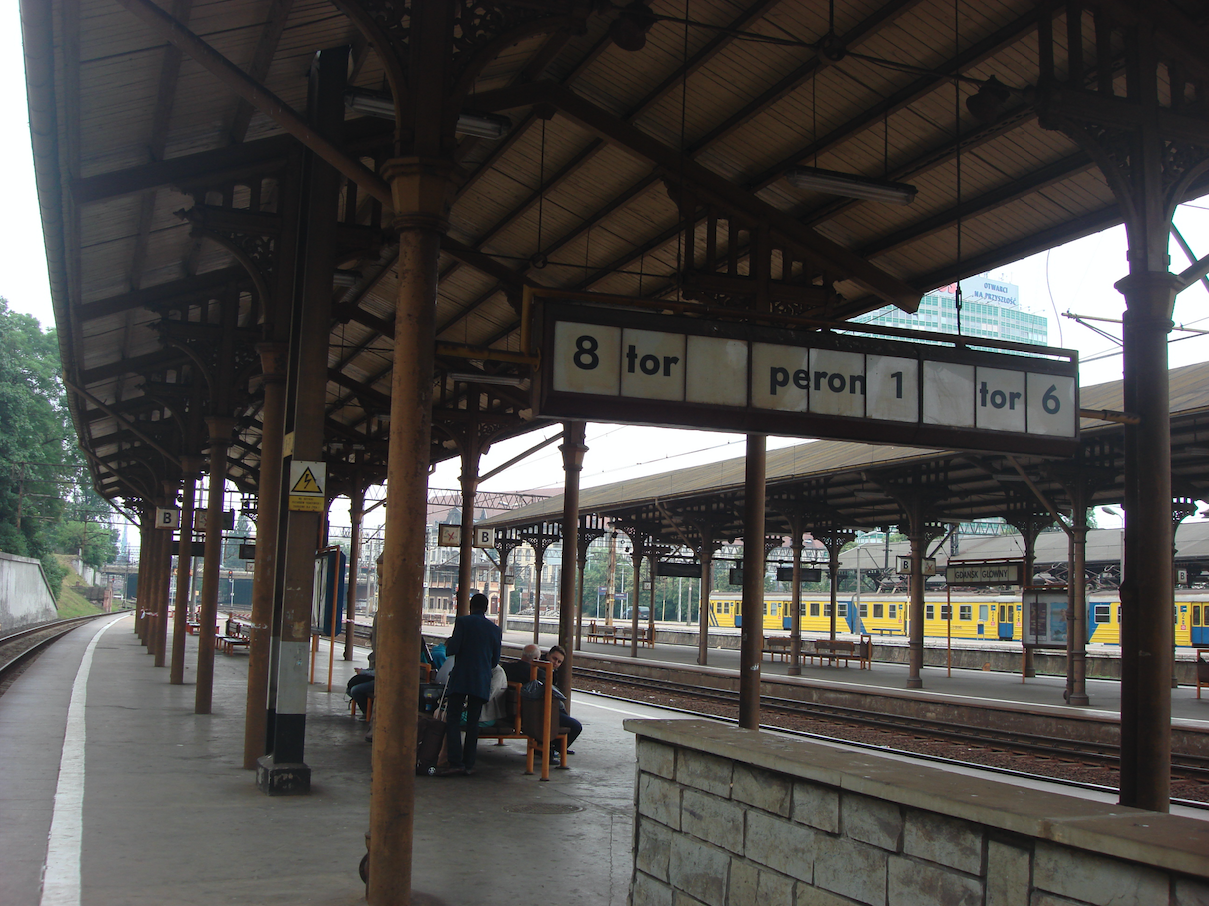
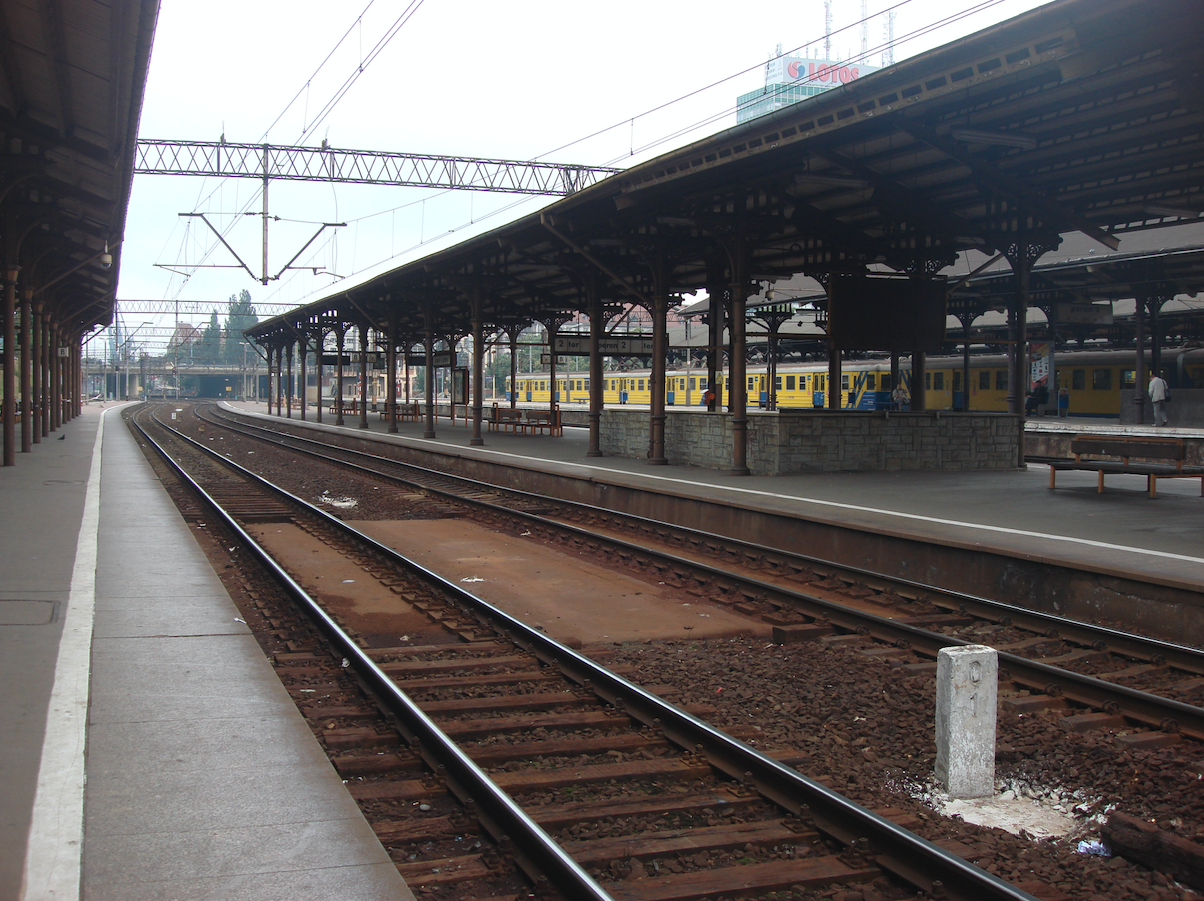
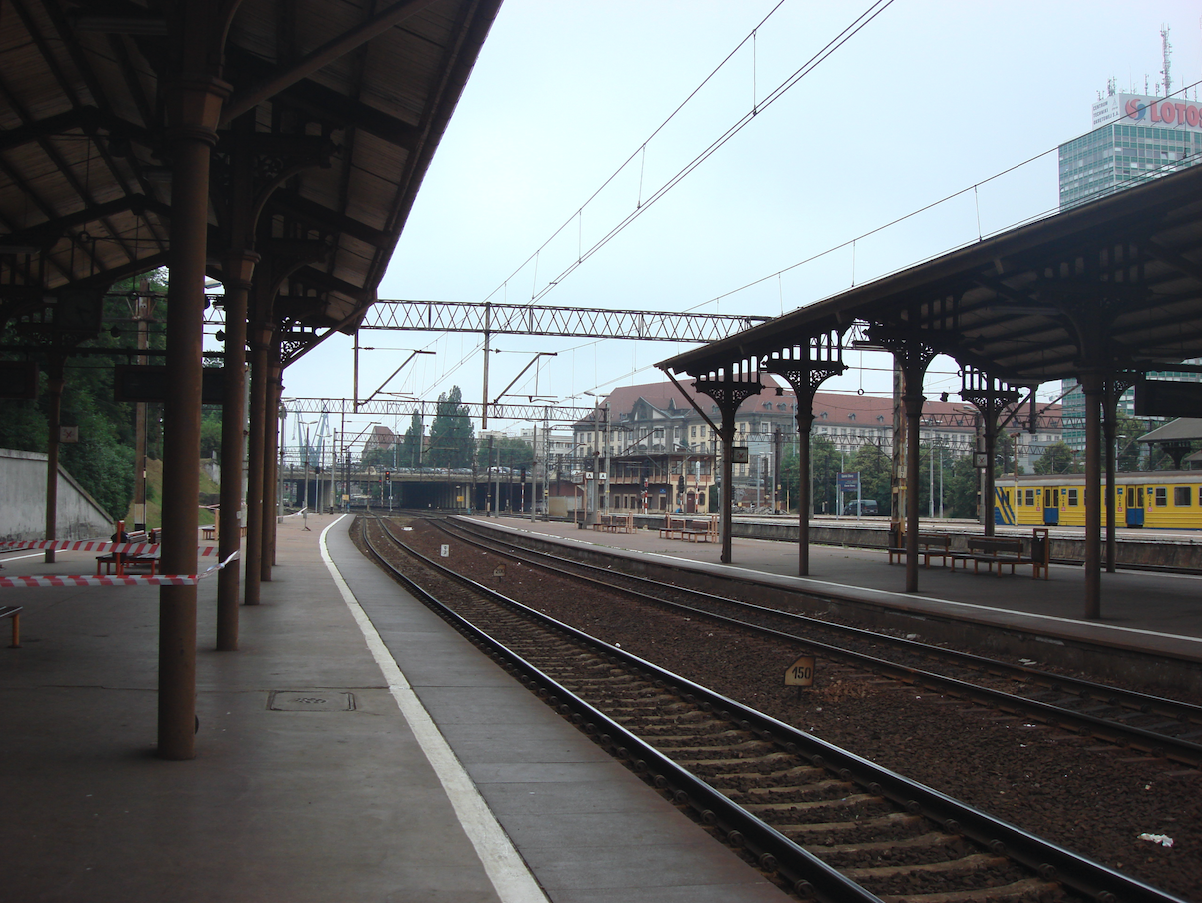
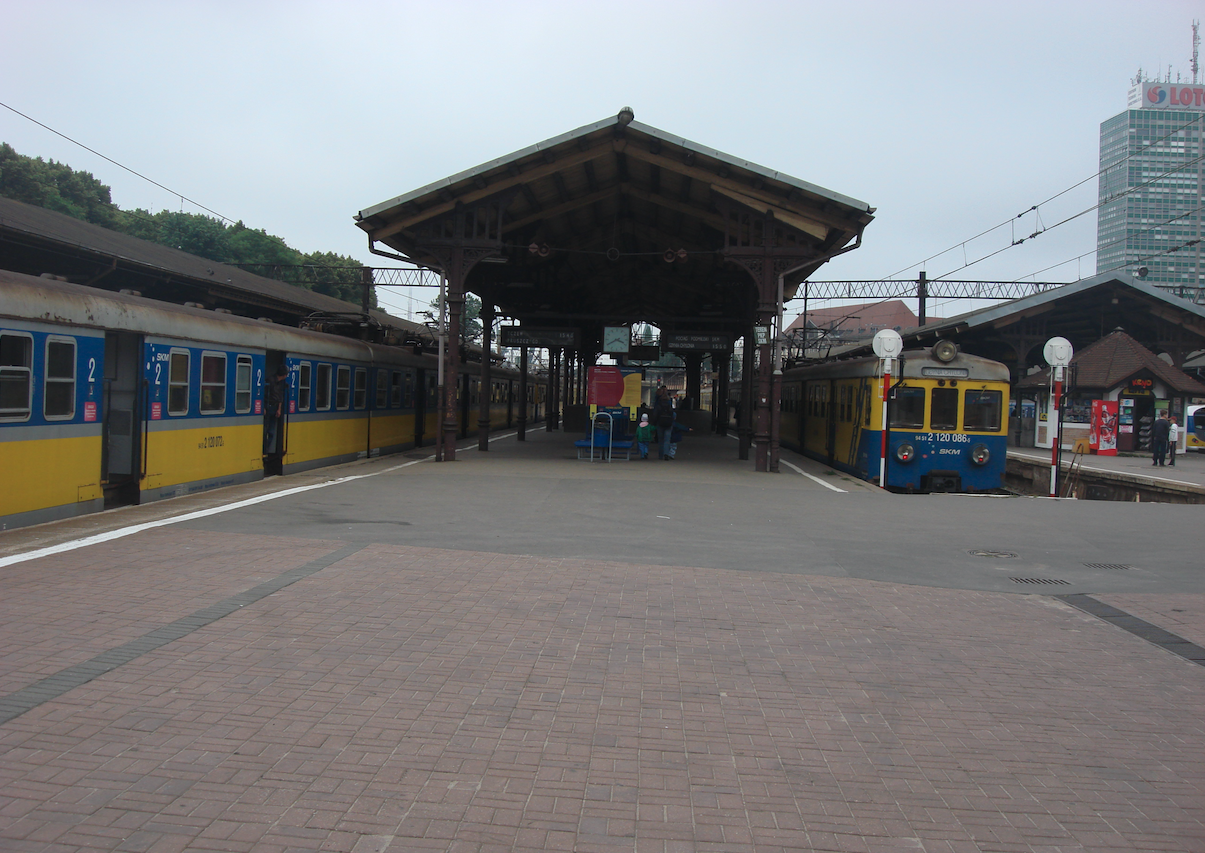
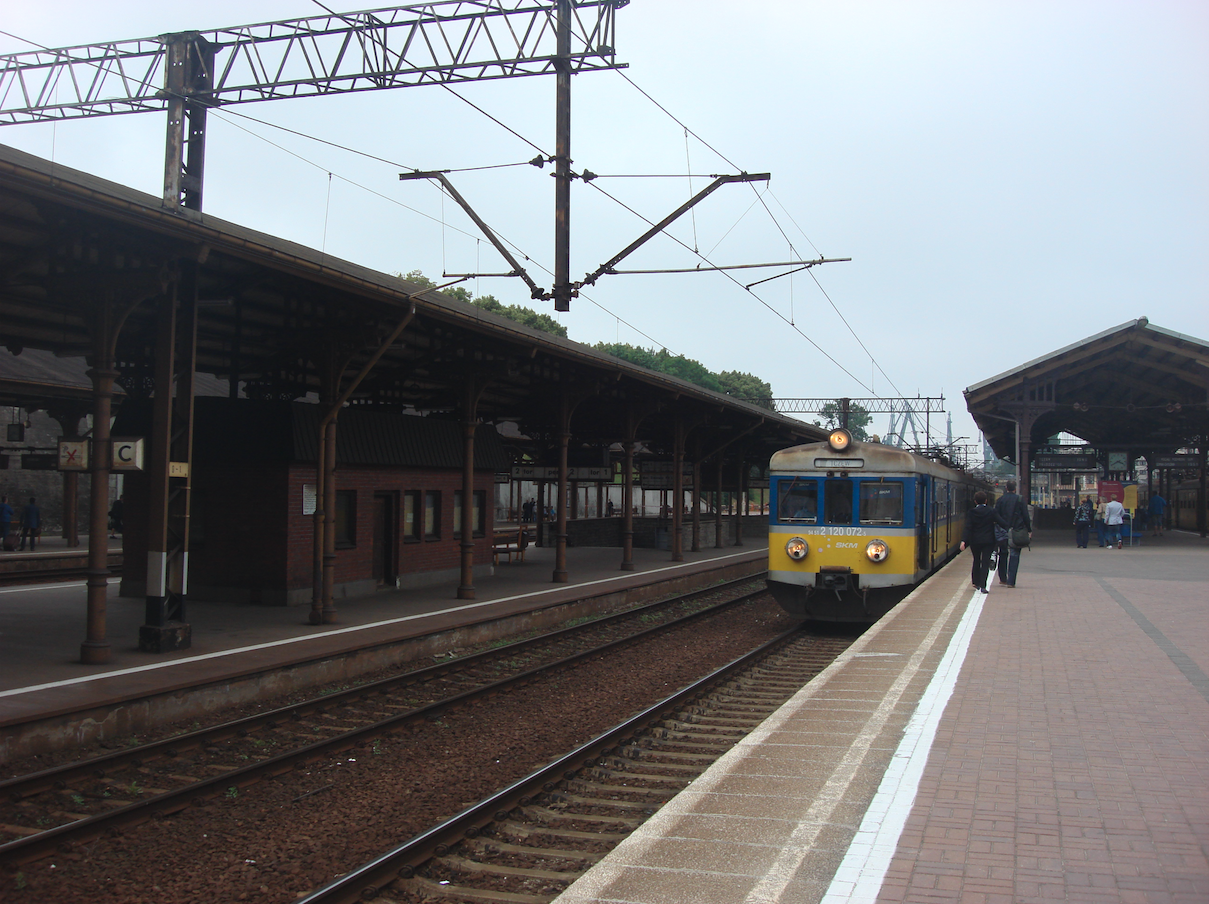

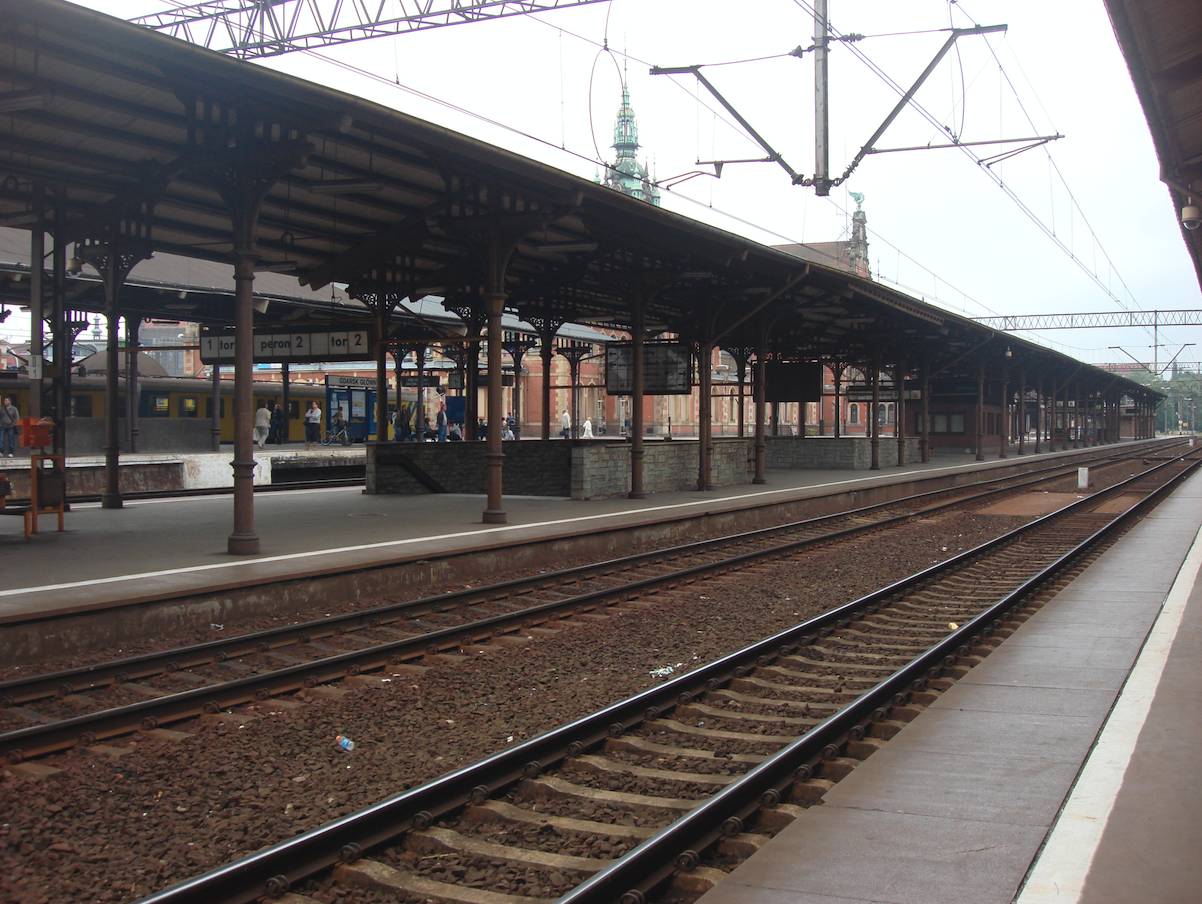

Photos. 2020 year.
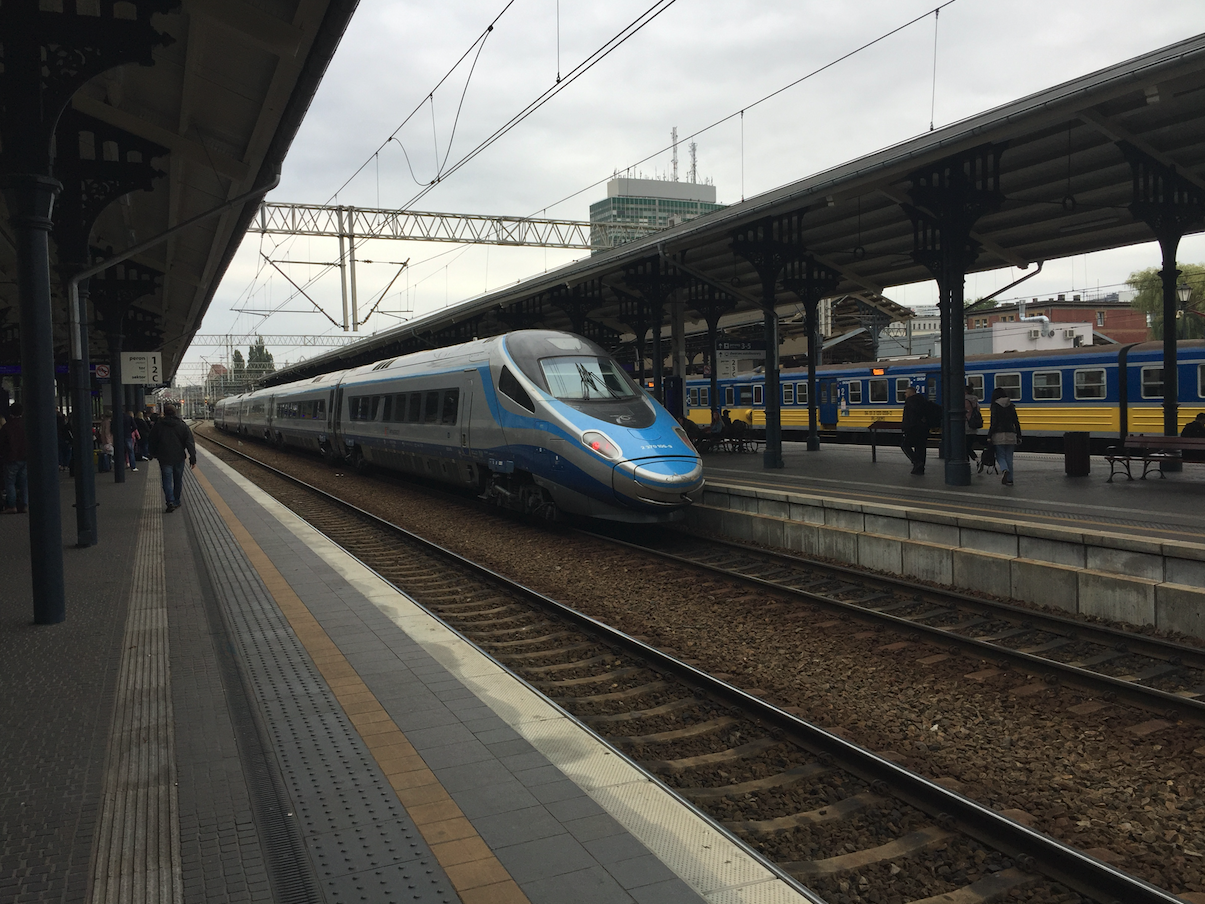
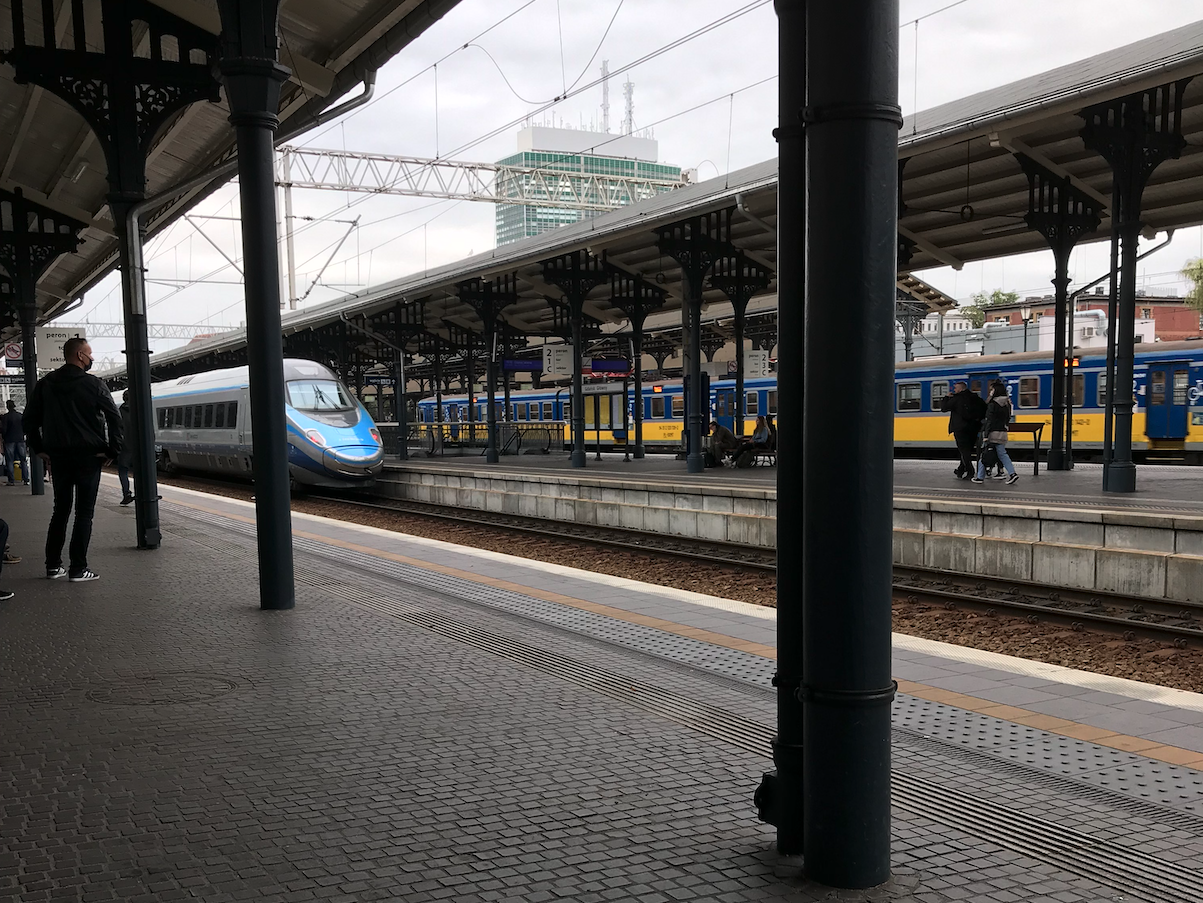
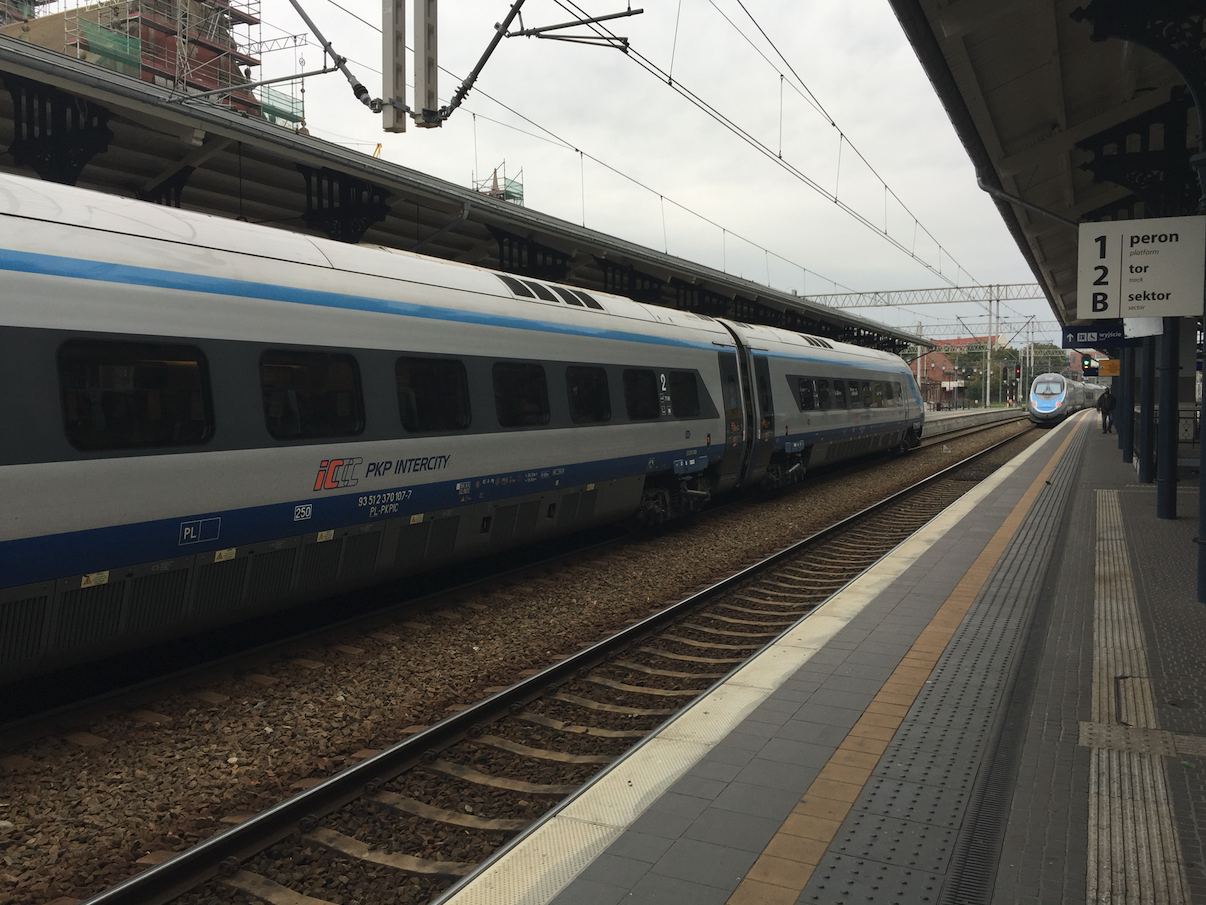
Written by Karol Placha Hetman
